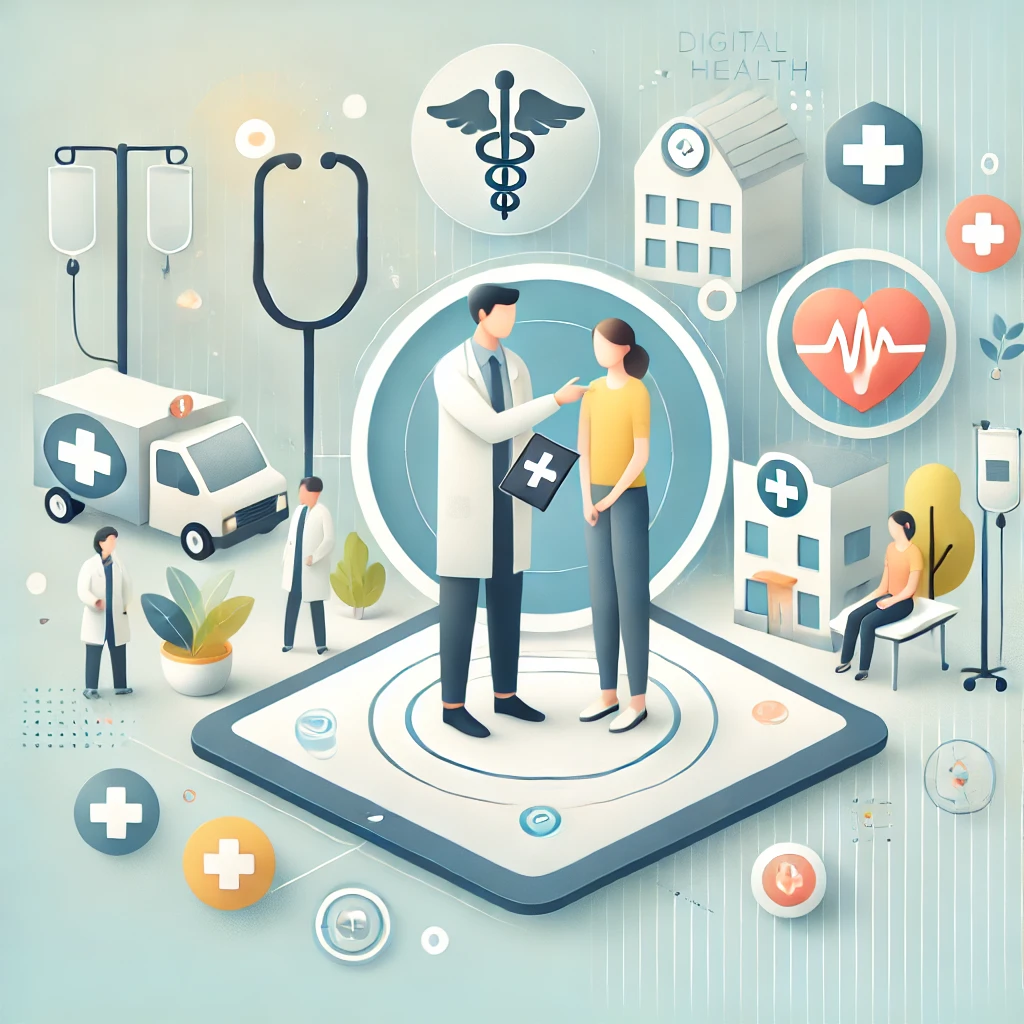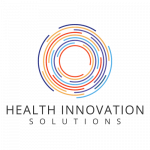
As we look towards 2025, healthcare is on the cusp of transformative change, driven by rapid advancements in technology, shifting patient expectations, and significant economic pressures. Innovations like artificial intelligence, remote patient monitoring, and personalized medicine are redefining how healthcare is delivered and accessed, while the financial landscape reflects challenges around affordability and cost-effectiveness. The growing emphasis on empowering patients to manage their own health, combined with a shift from facility-based to home-based care, is altering the traditional healthcare model, making it more responsive and accessible. Below, we delve into seven key trends expected to shape healthcare in the coming year.
- Patient Empowerment and Ownership of Health – Patients are increasingly at the center of their own healthcare management, a trend accelerated by the rise of digital health tools and personalized care options. In 2025, digital platforms, wearables, and mobile health apps will be empowering patients to track and manage their health in real-time. For example, people with chronic conditions like diabetes can use continuous glucose monitors to track their blood sugar levels, giving them control over their daily health decisions. This empowerment extends to elderly care, where advancements in geriatric science and regenerative medicine offer actionable insights on healthy aging, allowing individuals to maintain their health and independence longer. The focus on preventative health and patient-centric care encourages individuals to take charge, potentially reducing hospitalizations and long-term care costs by identifying issues early and encouraging lifestyle adjustments.
- Artificial Intelligence (AI) and Machine Learning Integration – AI and machine learning (ML) are becoming crucial tools in healthcare, enhancing diagnostics, treatment planning, and operational efficiency. In diagnostics, for example, AI algorithms can now process vast amounts of imaging data, identifying abnormalities such as cancerous tumors with greater accuracy and speed than traditional methods. This results in earlier detection, which can be lifesaving. On the operational side, AI is optimizing resource allocation, reducing wait times, and automating administrative tasks. For instance, AI can predict patient admissions to help hospitals allocate staff and resources more efficiently. These technologies are also making strides in personalized medicine by analyzing patient data to recommend tailored treatment plans, allowing healthcare providers to deliver care that is both effective and efficient.
- Expansion of Telehealth and Remote Patient Monitoring – The use of telehealth, which saw a surge during the COVID-19 pandemic, continues to expand beyond virtual consultations to include a comprehensive suite of remote patient monitoring (RPM) tools. RPM allows healthcare providers to track patient data in real-time using wearable devices and sensors, making it possible to monitor conditions like heart disease, diabetes, and hypertension without patients needing to visit a clinic. For example, patients with cardiovascular issues can wear devices that continuously monitor heart rate and blood pressure, alerting healthcare providers if anomalies are detected. This trend is particularly significant for rural and underserved communities where access to in-person care may be limited. By reducing the need for hospital visits, telehealth and RPM lower healthcare costs while ensuring patients receive continuous, personalized care.
- Personalized Medicine – Personalized medicine represents a shift away from generalized treatments toward tailored care based on an individual’s unique genetic makeup, health history, and lifestyle factors. Advances in genomics and data analytics are making it possible to provide precise treatments for complex diseases, particularly in areas like oncology. For example, genomic profiling can identify specific mutations driving a patient’s cancer, enabling oncologists to target these mutations with specialized drugs, often with fewer side effects. This individualized approach is also promising for managing other conditions, such as autoimmune diseases, where treatments can be customized to minimize immune response issues. As more data becomes available through health records, wearable tech, and genetic testing, personalized medicine is expected to improve outcomes and reduce trial-and-error in treatment.
- Rising Healthcare Costs and Economic Pressures – In 2025, healthcare costs in the U.S. are expected to rise, marking the highest rate of medical cost growth in over a decade. Key drivers include prescription drug pricing, behavioral health demand, and inflationary pressures in healthcare delivery. This economic strain is prompting payers and providers to explore new cost-management strategies. Value-based care models, which focus on quality and patient outcomes rather than volume of services, are gaining traction as a way to control costs. For instance, hospitals and healthcare systems may enter into contracts with insurers that reward them for keeping patients healthy, emphasizing preventative care and chronic disease management to avoid costly hospitalizations. This trend reflects an ongoing effort to balance the financial sustainability of healthcare with the goal of providing high-quality care.
- Shift from Facility-Based to Home-Based Care – Home-based care is transforming how patients receive healthcare, with a growing emphasis on shifting services traditionally delivered in hospitals to patients’ homes. By 2025, it is projected that $265 billion worth of healthcare services for Medicare patients could transition to home-based models, including services such as dialysis, physical therapy, and chronic disease management. This trend offers several benefits, such as reducing exposure to hospital-acquired infections and providing a more comfortable and convenient setting for recovery. Home-based care can be especially beneficial for elderly patients, who often prefer receiving care in a familiar environment. As this trend grows, health systems and insurers are investing in home healthcare infrastructure, including remote monitoring technology, portable medical devices, and care coordination services to support patients at home.
- Integration of Emerging Technologies in Health Monitoring – Health monitoring technologies, including wearables, biosensors, and mobile health apps, are becoming integral to preventative care and chronic disease management. These devices continuously collect data on a patient’s health, tracking metrics like heart rate, sleep quality, physical activity, and even mental health indicators. For instance, some smartwatches now detect irregular heart rhythms, which can indicate conditions like atrial fibrillation, prompting users to seek medical evaluation early. Despite their potential, adoption has been slower than anticipated due to high device costs, limited insurance reimbursement, and integration challenges within healthcare systems. Addressing these barriers could unlock widespread use of wearables, creating opportunities for early intervention and improved management of chronic conditions.
- Continued Emphasis of Value-based care – Value-based care (VBC) is a prominent healthcare trend in 2025 due to its focus on improving patient outcomes while controlling costs. This model incentivizes providers to deliver high-quality, efficient care by linking reimbursement to patient health results rather than service volume. The shift towards VBC is driven by escalating healthcare expenses, advancements in data analytics, and supportive policies from entities like the Centers for Medicare & Medicaid Services (CMS). These factors collectively promote a healthcare system that prioritizes patient well-being and cost-effectiveness.
These healthcare trends reflect a broader movement toward a more personalized, tech-driven, and patient-centered approach to healthcare. By 2025, these changes are expected to make healthcare more accessible, efficient, and effective, though challenges around cost, integration, and equitable access remain. Stakeholders across the healthcare ecosystem—from patients to providers, payers to policymakers—will need to collaborate to fully realize the potential benefits of these innovations.
As the healthcare landscape evolves, it’s crucial for organizations to assess their readiness for these emerging trends. Is your organization prepared to navigate the complexities of patient empowerment, AI integration, and the shift towards value-based care? If not, Health Innovation Solutions is here to assist. With over two decades of experience at the industry’s forefront, we provide tailored consulting services to companies of all sizes, including startups, helping the healthcare industry evolve by solving complex problems and inspiring innovation with every organization we partner with. (Health Innovation Solutions) Our expertise can help you transform challenges into opportunities, ensuring your business and portfolio are well-equipped to thrive in the dynamic healthcare environment of 2025 and beyond.
